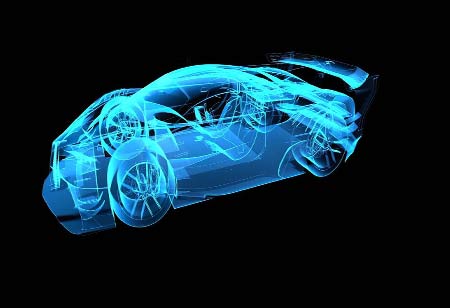Thank you for Subscribing to Auto Business Outlook Weekly Brief
Automotive Engineering: Driving Innovation in the Auto Industry
Automotive engineering is critical for designing and developing complex systems and technologies that power modern vehicles.

By
Auto Business Outlook | Friday, May 19, 2023
Stay ahead of the industry with exclusive feature stories on the top companies, expert insights and the latest news delivered straight to your inbox. Subscribe today.

Automotive engineering is a critical field driving innovation in the auto industry.
FREMONT, CA: Automotive engineering is critical for designing and developing complex systems and technologies that power modern vehicles. From the engine to the transmission, suspension, and electrical systems, automotive engineers are responsible for creating cutting-edge technologies that drive the auto industry forward. This article will explore the importance of automotive engineering and how it drives innovation in the auto industry.
The outlook for the automotive engineering industry is very promising. As reported in a report by Grand View Research, the global automotive engineering services market is anticipated to reach $340 billion by 2027, driven by factors like the growing demand for advanced driver assistance systems, the increasing adoption of electric vehicles, and the need for lightweight materials and fuel-efficient engines.
Automotive engineering is a diverse field encompassing a wide range of disciplines, including mechanical engineering, electrical engineering, and materials science. Some of the key areas of center in automotive engineering include:
1. Advanced powertrain technologies: One of the biggest areas of focus in automotive engineering is the development of advanced powertrain technologies. This includes the development of hybrid and electric vehicle technologies and improving traditional internal combustion engines to make them more fuel-efficient and environmentally friendly.
2. Lightweight materials: Automotive engineers are also focused on developing lightweight materials that can help improve vehicles' fuel efficiency and performance. This includes materials such as aluminum, carbon fiber, and high-strength steel.
3. Advanced safety systems: Another important area of focus in automotive engineering is the development of advanced safety systems. This includes automated braking systems, adaptive cruise control, and lane departure warning systems designed to improve safety and reduce the risk of accidents.
4. Connectivity: Automotive engineering is also driving innovation in the area of connectivity. This includes the development of technologies such as in-car infotainment systems, GPS navigation, and vehicle-to-vehicle communication systems.
The future of the automotive engineering industry looks very bright. As the auto industry continues to evolve, there will be a growing demand for advanced technologies and systems that improve performance, safety, and fuel efficiency. Automotive engineers have a unique opportunity to shape the industry's future by developing innovative solutions and technologies that meet these evolving needs.
However, the automotive engineering industry also faces several challenges. One of the biggest challenges is the rapid pace of technological change. Automotive engineers must be able to continue with the latest trends and technologies to stay competitive in the market.
Another challenge is the need for collaboration and partnership. Automotive engineers must work closely with other professionals in the industry, such as designers, manufacturers, and suppliers, to develop effective solutions that meet the needs of customers and the market.
In conclusion, automotive engineering is a critical field driving innovation in the auto industry. From advanced powertrain technologies to lightweight materials and advanced safety systems, automotive engineers are responsible for creating cutting-edge technologies that power modern vehicles. While there are disputes to be conquered, the outlook for the automotive engineering industry looks promising, with growing demand for advanced technologies and solutions that meet the market's evolving needs.






